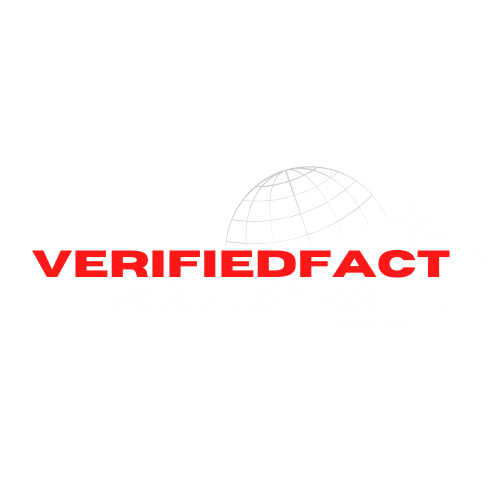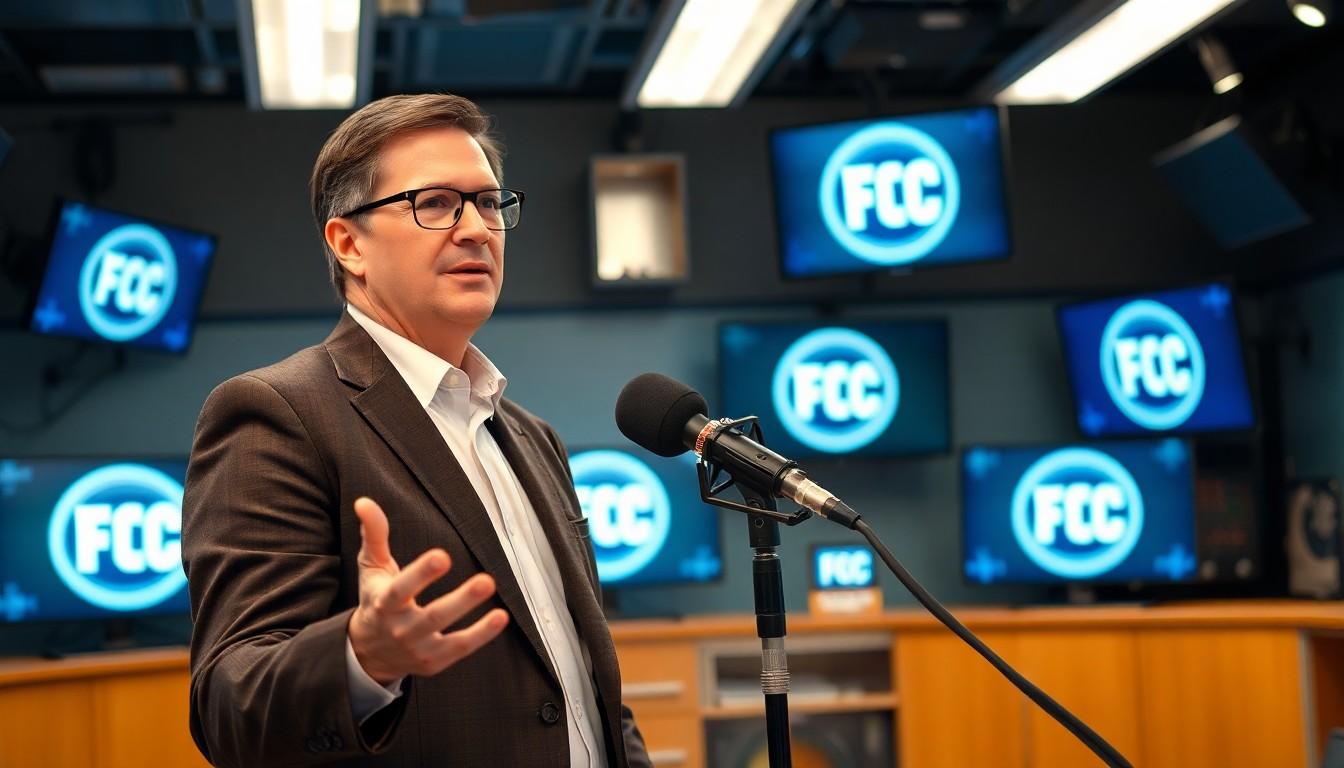Which agency regulates broadcast media: In a world where binge-watching and late-night talk shows rule the airwaves, ever wondered who’s keeping the chaos in check? Enter the agency that’s like the referee at a sports game—ensuring that broadcasters play by the rules. Broadcast media isn’t just a free-for-all; it’s a carefully orchestrated dance, and one agency has the whistle.
Which Agency Regulates Broadcast Media
Broadcast media regulation encompasses a framework designed to ensure compliance with established laws and standards. The Federal Communications Commission (FCC) serves as the primary agency overseeing these regulations in the United States. This independent agency manages television and radio broadcasting, providing licenses to operators and monitoring adherence to rules.
Licensing requirements dictate that broadcasters must demonstrate community service and maintain specific operating standards. Regulations also cover issues like advertising, content appropriateness, and public interest programming. These measures promote fair competition and prevent monopolistic practices.
Frequency allocation forms another vital component of broadcast media regulation. The FCC grants licenses for specific frequencies to avoid interference between signals, ensuring reliable communication for users. Safety regulations also govern technical aspects, requiring equipment to meet national standards.
Public participation remains essential in the regulatory process. The FCC frequently seeks input from citizens on pertinent issues, allowing the public to voice concerns about programming and content. This transparency fosters accountability among broadcasters.
Consequences for non-compliance can include fines, license revocation, or renewal denial. Enforcement actions serve as a vital tool to uphold standards within the industry. Ultimately, broadcast media regulation aims to maintain an orderly, fair, and accessible environment for all stakeholders in the broadcasting realm.
Federal Communication Commission (FCC)

Which agency regulates broadcast media, The Federal Communications Commission (FCC) regulates broadcast media in the United States, ensuring compliance with broadcast laws and standards. Its authority extends to both television and radio broadcasting.
History of the FCC
Established in 1934, the FCC emerged from the need for a unified regulatory body to oversee interstate and international communications. Initially, Congress created the FCC to address issues arising from rapid technological advancements in communication. Over the decades, the agency evolved alongside the broadcast industry, adapting regulations to accommodate new technologies like cable and satellite. Major legislative changes, including the Telecommunications Act of 1996, redefined the FCC’s role, emphasizing competition and deregulation. History illustrates how the FCC remains pivotal in shaping the landscape of American broadcasting.
Key Responsibilities of the FCC
The FCC’s responsibilities encompass a wide range of regulatory tasks. Licensing broadcasters is a primary function, requiring adherence to specific criteria and community service obligations. Monitoring compliance with laws such as content appropriateness and advertising regulations also falls under its purview. Frequency allocation remains crucial, as the FCC grants licenses for radio waves to prevent interference among broadcasters. Additionally, the agency promotes public interest programming and encourages audience participation in the regulatory process. Enforcement actions, such as fines or license revocation, serve to uphold industry standards. Overall, the FCC’s activities play a vital role in maintaining a fair and competitive broadcast media environment.
Other Regulatory Bodies
Which agency regulates broadcast media
Several regulatory bodies complement the FCC in overseeing various aspects of broadcast media in the United States. Their roles enhance compliance with laws and standards, ensuring a well-regulated broadcast environment.
National Telecommunications and Information Administration (NTIA)
The NTIA operates under the Department of Commerce. This entity focuses on advising the President on telecommunications and information policy. As a key player in spectrum management, NTIA helps coordinate federal use of the radio frequency spectrum. Additionally, it promotes access to broadband services, aiming to enhance digital equity across the nation. This agency also plays a vital role in managing telecommunications privacy and consumer protection initiatives.
State Regulatory Agencies
State regulatory agencies influence broadcast media operations at a local level. They oversee compliance with state-specific regulations and handle licensing for broadcasters operating within their jurisdictions. These agencies can address complaints from citizens regarding content, advertising practices, and other operational issues. Collaboration with the FCC occurs frequently, especially when state policies affect federal regulations. Each state may have unique guidelines that reflect local interests, thus ensuring diverse voices in the broadcast landscape.
Impact of Regulation on Broadcast Media
Regulations significantly shape broadcast media operations, influencing how content is created and distributed. These regulations ensure that broadcasters adhere to established standards that promote fairness and accountability.
Content Standards and Guidelines
Content standards set by the Federal Communications Commission ensure that programming remains appropriate for audiences. Regulations focus on issues such as decency, indecency, and children’s programming. Broadcasters must comply with specific guidelines that dictate what constitutes objectionable content. These standards limit the airing of material deemed inappropriate during certain hours. In addition, the agency monitors advertising practices to prevent misleading claims and ensure truthful representation.
License Issuance and Renewal
Licensing acts as a foundational element in broadcast media regulation. The FCC grants licenses to broadcasters, allowing them to operate within designated frequencies. License issuance requires proof of community service and compliance with technical standards. Renewals depend on sustained adherence to regulations, community feedback, and ongoing service to the public. Violations during a license period can lead to fines or denial of renewal, emphasizing the importance of maintaining compliance throughout the license term.
Current Challenges in Broadcast Regulation
Challenges in broadcast regulation arise from the rapid pace of technological advancements and shifting audience preferences. Adapting to these changes requires continuous updates to existing regulations.
Technology and Media Evolution
Emerging technologies transform the broadcast landscape at an unprecedented rate. Streaming services dominate viewer habits, leading to decreased reliance on traditional broadcasting. Consequently, legacy regulations may lack effectiveness in addressing the needs of modern platforms. Additionally, innovations such as 5G technology enhance content delivery but complicate frequency management. The need for flexible regulatory frameworks becomes apparent as new players enter the market, expanding competition. Efforts to regulate online content remain contentious, given the blurred lines between various media formats.
Public Policy Considerations
Broadcast regulation must balance competing interests within the public policy arena. Stakeholders, including media companies and advocacy groups, often present differing viewpoints on issues such as content standards and licensing. Engaging the public in regulatory decisions promotes transparency and fosters trust. Furthermore, ensuring equitable access to broadcasting services remains a priority amid ongoing discussions about digital divides. Policymakers confront the challenge of creating regulations that uphold public interest while not stifling innovation. Forge partnerships with diverse community entities to capture a broader range of perspectives and address these complexities effectively.
Evolution of Broadcast Media Regulation
Broadcast media regulation is essential for maintaining order and fairness in the industry. The Federal Communications Commission plays a pivotal role in overseeing compliance with established laws and standards while adapting to technological advancements.
As new challenges arise, such as the growth of streaming services and shifts in audience behavior, the need for flexible regulatory frameworks becomes increasingly important. Collaboration among federal and state agencies ensures diverse local interests are represented, promoting a balanced approach to regulation.
Public participation remains crucial in shaping policies that reflect community needs, emphasizing transparency and accountability. The ongoing evolution of broadcast media regulation will continue to influence content creation and distribution, ultimately fostering a fair and accessible broadcasting environment for all.

